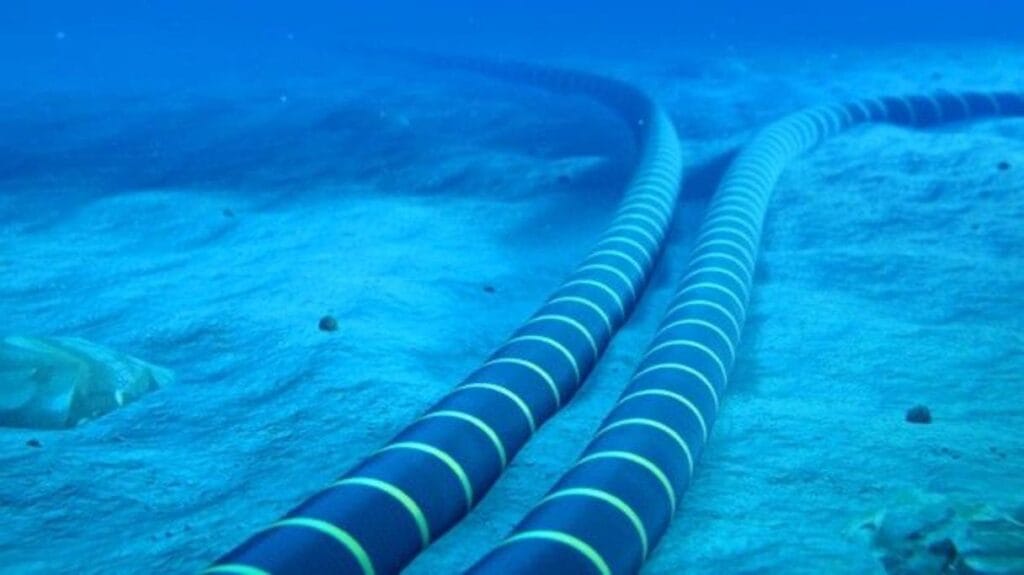The underwater electrical connection project between Morocco and France, aiming to link Nador to Fos-sur-Mer, is estimated to have a median cost of 6.2 billion euros, with a range varying between 4.4 and 9.4 billion euros. This estimate takes into account factors such as the length of the route (approximately 1,300 km), the depth of the Mediterranean (up to 2,800 meters), as well as annual increases in the prices of materials and technologies between 2023 and 2025.
The project, led by the network manager RTE, represents an unprecedented technological challenge due to its exceptional dimensions. It aims to transport excess renewable energy from Morocco to Europe, thus contributing to the decarbonization goals of the European Union. However, RTE’s report highlights that the economic balance of the project relies on uncertain assumptions, particularly regarding profitability and financing.
In comparison, the Xlinks project, which aims to connect Morocco to the United Kingdom via a 3,800 km underwater cable, is estimated at around 29.9 billion dollars (approximately 24 billion pounds). This project, supported by investors such as TotalEnergies, Octopus Energy, and Abu Dhabi National Energy Company (TAQA), plans to build a 10.5 GW power plant in Morocco to supply 8% of the UK’s electricity needs.
Thus, while both projects are ambitious and aim to strengthen energy interconnections between Morocco and Europe, the estimated cost of the Morocco-France link is significantly lower than that of the Xlinks project.


